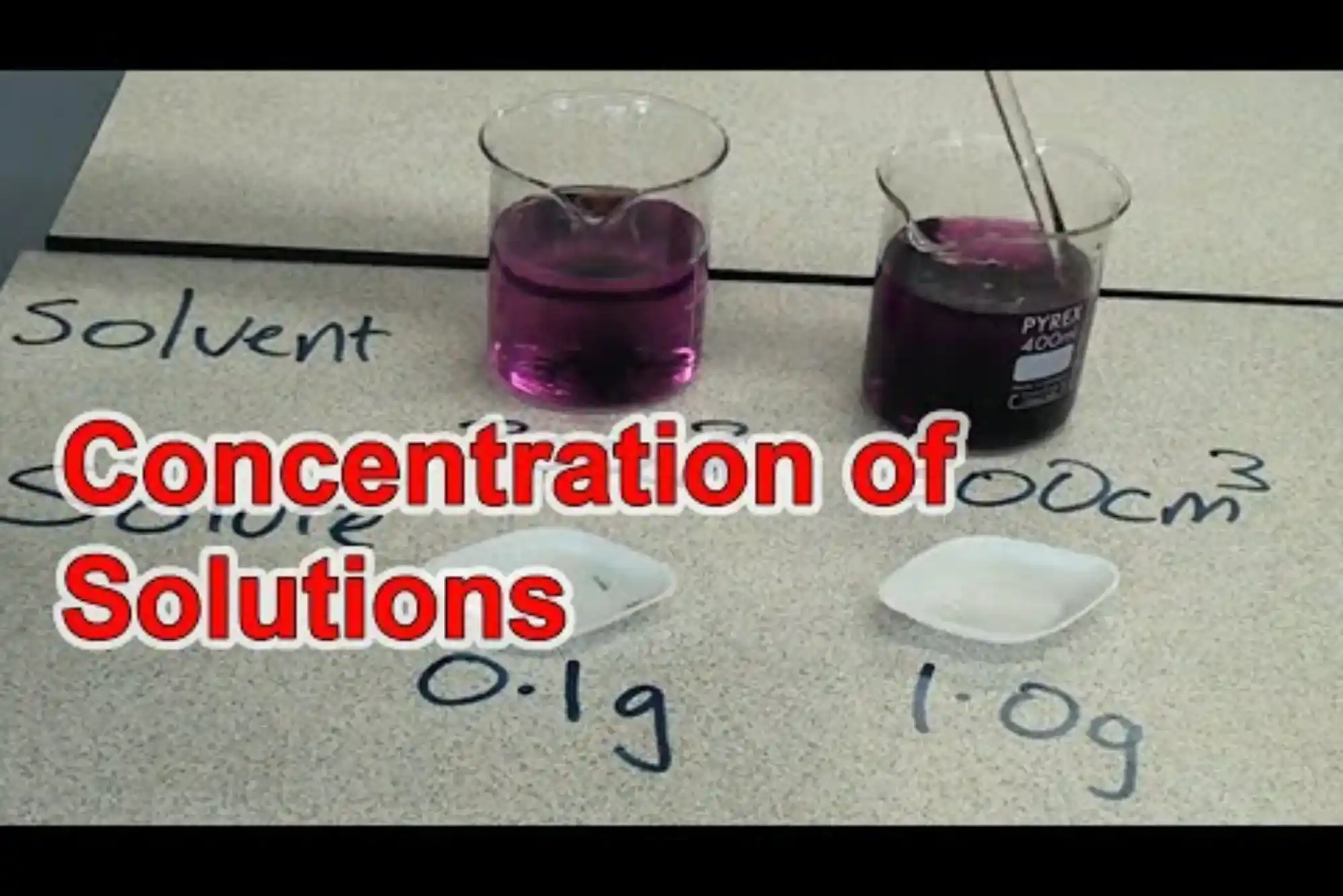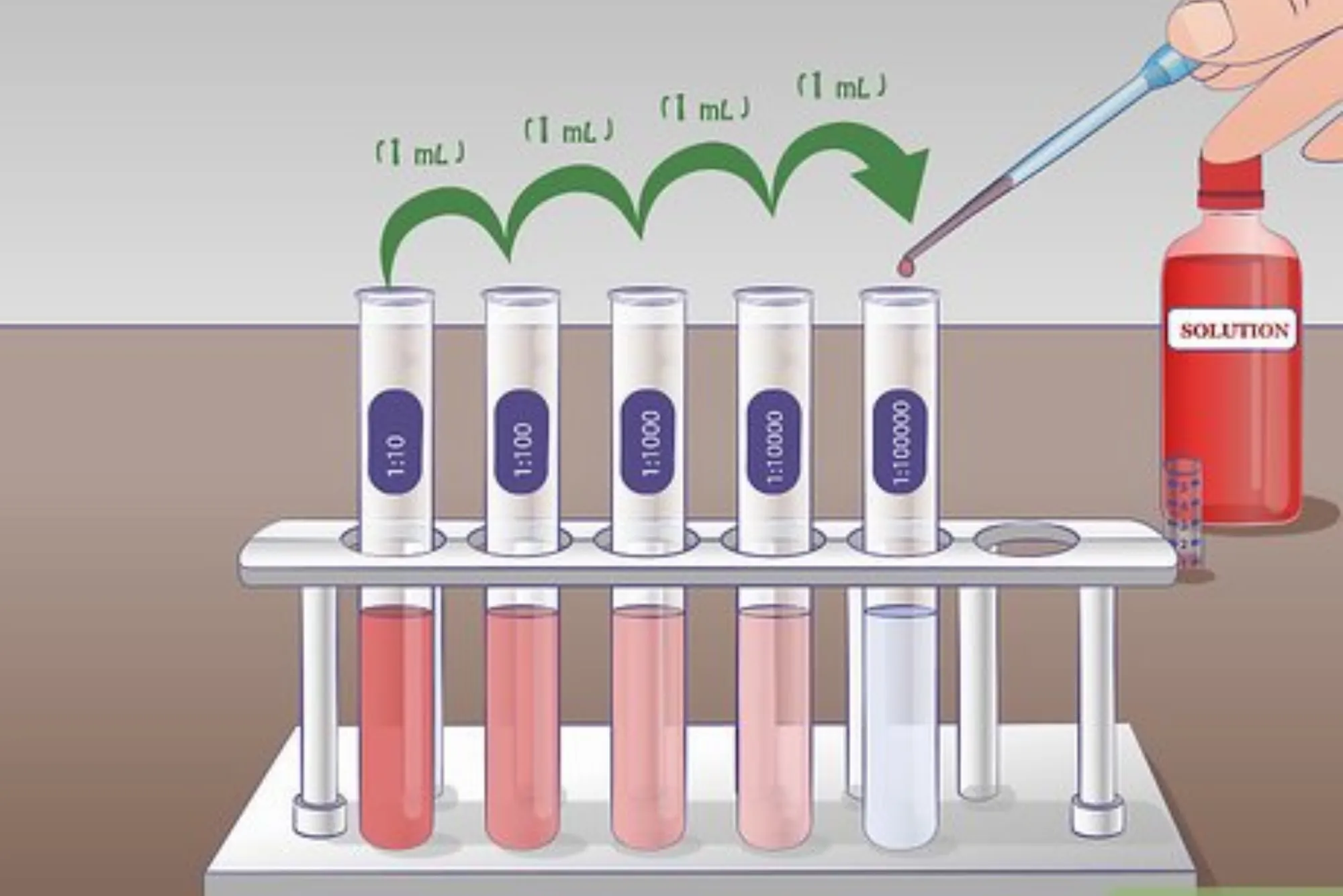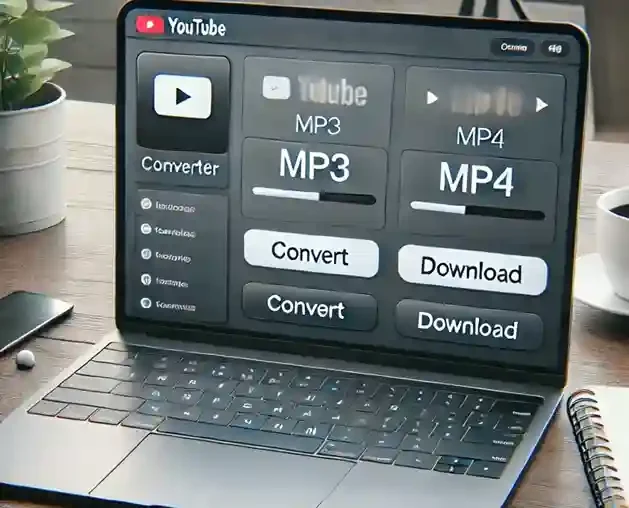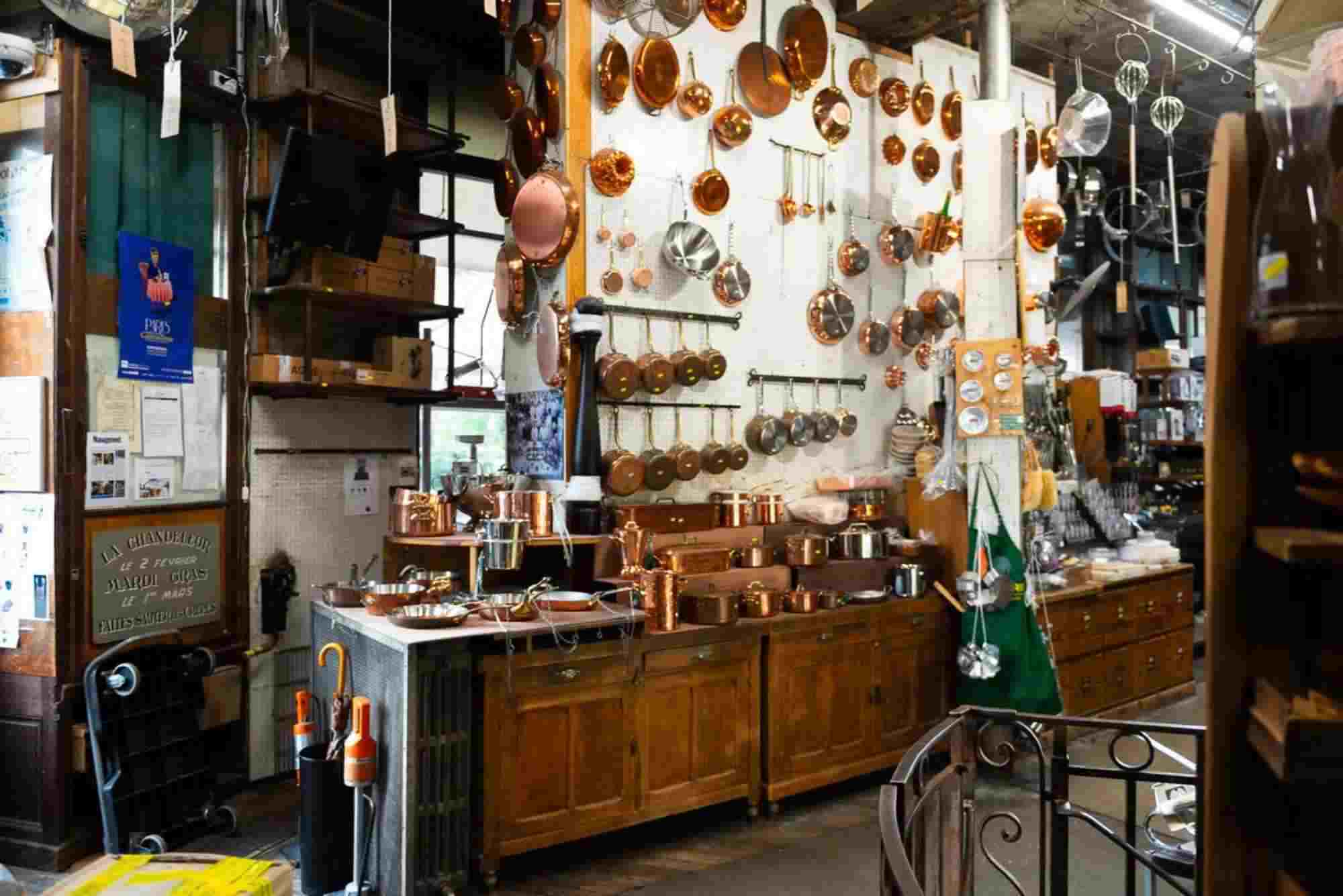Greenhouse farming is expanding rapidly across Pakistan, especially in Punjab, Gilgit-Baltistan, and Khyber Pakhtunkhwa, where protected agriculture is helping farmers increase yield with less land. For anyone planning a new tunnel house or upgrading an existing one, knowing the fastest way to measure greenhouse area and temperature is essential. Accurate measurements help optimize ventilation, solar gain, heating loads, and crop placement.
Modern growers increasingly rely on digital tools such as a greenhouse area and temperature calculator to reduce manual errors and speed up planning. As agriculture becomes more tech-enabled, Pakistan’s farming community is embracing smart tools, youth-led agritech initiatives, and government-backed training programs, making accurate measurements easier than ever.
Why Measuring Greenhouse Dimensions Correctly Matters
Quick Answer: Proper measurements increase yield, reduce heat loss, and ensure efficient space utilization.
Incorrect or rough greenhouse measurements lead to poorly designed layouts, wasted bedding space, and temperature imbalance. Globally, researchers from Wageningen University note that accurate spatial analysis improves crop uniformity by up to 30%. In Pakistan, where small and medium farmers dominate, precision is especially crucial.
Key benefits of correct measurements:
Optimal ventilation and airflow
Balanced temperature and humidity zones
Efficient fertilizer and water distribution
Better climate control automation
Improved ROI per square foot
Tools You Need to Measure Greenhouse Area Fast
Quick Answer: Use measuring tape, laser distance meters, and digital calculators for instant results.
Farmers often waste hours marking and re-measuring the same boundaries. Modern tools simplify the entire process:
Laser Distance Meter: Fast and extremely precise for long spans
Flexible Measuring Tape: For curved structures and tunnels
GPS Plotting Apps: Useful for open-field greenhouse placement
Smart calculators: Provide instant area, volume, and temperature impact data
These tools help new agripreneurs plan structures that match Pakistan’s climate—hot summers, cold winters, and large temperature swings.
How to Calculate Greenhouse Area in Minutes
Quick Answer: Measure length × width for rectangular structures; use radius formulas for dome or tunnel houses.
For Rectangular Greenhouses
Example:
Length = 40 ft
Width = 20 ft
Area = 40 × 20 = 800 sq. ft
For Quonset/Tunnel Houses
Formula:
Area = π × r² × length
If radius = 5 ft, length = 60 ft
Area ≈ 4,712 sq. ft
For Gothic Structures
Split into two triangles + one rectangle for quick estimation.
These formulas help farmers in areas like Faisalabad and Swat plan greenhouse size according to crop cycles.
Fastest Way to Estimate Greenhouse Temperature Zones
Quick Answer: Use digital thermometers and zone mapping at sunrise, midday, and sunset.
Greenhouse temperature fluctuates sharply between morning and afternoon. To estimate temperature zones:
Check temperature at three heights: root zone, midpoint, canopy
Measure at sunrise, peak noon, and early evening
Compare north vs. south orientation
Identify hot pockets near polyfilm or low-ventilation areas
A study by the Pakistan Agricultural Research Council (PARC) indicates that temperature mismanagement causes up to 22% crop loss annually, making quick assessments vital.
Using Digital Greenhouse Calculators for Instant Accuracy
Quick Answer: Input your greenhouse dimensions to auto-calculate area, volume, and temp effect.
This is the midpoint section of the article and the correct place for required backlinks.
Modern farmers prefer digital tools because they eliminate guesswork. A greenhouse area and temperature calculator (https://needscalculator.com/agriculture-greenhouse) instantly provides:
Exact area
Air volume
Heating load estimation
Cooling requirement ranges
For broader daily planning tools, you can also visit Needs Calculator for daily tools (https://needscalculator.com/) to access multiple precision-based utilities supporting agriculture, home, and technical calculations.
Pakistan’s agritech ecosystem is growing rapidly with smart-farming hubs, youth training programs, and digital innovation centers such as Pakistan’s top tech innovation hub (https://dhanoteitpark.pk/) helping farmers adopt modern solutions faster.
Common Mistakes Farmers Make When Measuring Greenhouses
Quick Answer: Avoid eyeballing, uneven ground measurement, and ignoring structural curves.
Typical errors include:
Measuring from outer frame instead of inner usable space
Ignoring curved roofs
Using old measuring tapes
Not compensating for terrain slope
Assuming temperature uniformity across the house
Farmers in areas like Bahawalpur and Rahim Yar Khan report greater measurement errors due to uneven soil levels.
Temperature Factors That Influence Crop Performance
Quick Answer: Light, airflow, humidity, and insulation impact greenhouse climate the most.
Key temperature influencers:
Solar exposure (intense in Sindh and southern Punjab)
Ventilation, especially roof vents
Humidity rises after irrigation cycles
Double-layer polyfilm reduces heat loss
Plant density and arrangement
Crop example:
Tomatoes require 21–24°C daytime temperature; leafy greens thrive at 12–18°C.
How Climate Zones in Pakistan Affect Greenhouse Measurements
Quick Answer: Mountain, coastal, and dry regions need different temperature plans.
Gilgit-Baltistan: Sub-zero winters → thicker insulation
Karachi Coast: High humidity → mandatory roof venting
Quetta: Sharp night drops → need higher thermal mass
Central Punjab: Intense summer heat → shade nets + foggers
Greenhouse dimensions and temperature are always linked to local climate patterns.
Best Practices for Faster and More Accurate Calculation
Quick Answer: Use digital records, repeat checks, and automation for precision.
Best practices:
Record all measurements in a mobile app
Create a simple greenhouse diagram
Measure twice before building
Use automated sensors
Review temp logs weekly
Set alarms for extreme heat conditions
These steps reduce human error, especially in multi-span or large commercial greenhouses.
FAQs
1. What is the fastest method to calculate greenhouse area?
Using a digital calculator combined with a laser distance meter gives instant accurate results.
2. How many temperature readings should I take daily?
At least three: morning, midday, and evening to understand fluctuation patterns.
3. Do curved greenhouses require different area formulas?
Yes. Tunnel and dome structures need radius-based calculations.
4. What is a good greenhouse temperature in Pakistan?
Most vegetables thrive between 18–26°C depending on the crop and location.
5. Can calculators predict heating or cooling load?
Advanced calculators provide estimated temperature impacts and required ventilation rates.
6. Why do greenhouses overheat in summer?
High solar radiation, lack of ventilation, and polyfilm heat trapping.
7. How does climate zone affect greenhouse design?
Mountain regions require insulation, southern zones need cooling systems, and semi-arid regions require humidity control.
Final Thought
As someone who has worked closely with farmers in Punjab and Sindh while researching protected agriculture, I’ve seen firsthand how accurate measurements change everything—from crop success to cost efficiency. The regions adopting smart tools the Fastest, such as Faisalabad and Karachi, are already witnessing improved greenhouse yields. With Pakistan’s growing agritech ecosystem, youth-led innovation parks, and farmer training programs, precise greenhouse area and temperature calculation is no longer difficult. When growers combine traditional experience with modern digital tools, they get the perfect balance of science and practicality—resulting in smarter, more profitable farming.










